从入口开始开始
我们之前提到过Vue.js构建过程,在web应用下,我们来分析Runtime + Compiler构建出来的Vue.js,他的入口时src/platforms/web/entry-runtime-with-compiler.js:
/* @flow */
import config from 'core/config'
import { warn, cached } from 'core/util/index'
import { mark, measure } from 'core/util/perf'
import Vue from './runtime/index'
import { query } from './util/index'
import { compileToFunctions } from './compiler/index'
import { shouldDecodeNewlines, shouldDecodeNewlinesForHref } from './util/compat'
const idToTemplate = cached(id => {
const el = query(id)
return el && el.innerHTML
})
const mount = Vue.prototype.$mount
Vue.prototype.$mount = function (
el?: string | Element,
hydrating?: boolean
): Component {
el = el && query(el)
/* istanbul ignore if */
if (el === document.body || el === document.documentElement) {
process.env.NODE_ENV !== 'production' && warn(
`Do not mount Vue to <html> or <body> - mount to normal elements instead.`
)
return this
}
const options = this.$options
// resolve template/el and convert to render function
if (!options.render) {
let template = options.template
if (template) {
if (typeof template === 'string') {
if (template.charAt(0) === '#') {
template = idToTemplate(template)
/* istanbul ignore if */
if (process.env.NODE_ENV !== 'production' && !template) {
warn(
`Template element not found or is empty: ${options.template}`,
this
)
}
}
} else if (template.nodeType) {
template = template.innerHTML
} else {
if (process.env.NODE_ENV !== 'production') {
warn('invalid template option:' + template, this)
}
return this
}
} else if (el) {
template = getOuterHTML(el)
}
if (template) {
/* istanbul ignore if */
if (process.env.NODE_ENV !== 'production' && config.performance && mark) {
mark('compile')
}
const { render, staticRenderFns } = compileToFunctions(template, {
outputSourceRange: process.env.NODE_ENV !== 'production',
shouldDecodeNewlines,
shouldDecodeNewlinesForHref,
delimiters: options.delimiters,
comments: options.comments
}, this)
options.render = render
options.staticRenderFns = staticRenderFns
/* istanbul ignore if */
if (process.env.NODE_ENV !== 'production' && config.performance && mark) {
mark('compile end')
measure(`vue ${this._name} compile`, 'compile', 'compile end')
}
}
}
return mount.call(this, el, hydrating)
}
/**
* Get outerHTML of elements, taking care
* of SVG elements in IE as well.
*/
function getOuterHTML (el: Element): string {
if (el.outerHTML) {
return el.outerHTML
} else {
const container = document.createElement('div')
container.appendChild(el.cloneNode(true))
return container.innerHTML
}
}
Vue.compile = compileToFunctions
export default Vue
复制代码那么,当我们的代码执行import Vue from ‘vue’ 的时候,就是从这个入口执行代码来初始化Vue,那么Vue到底是什么,他是怎么初始化的,我们来一探究竟。
Vue的入口
在这个入口JS的上方我们可以找到Vue的来源:import Vue from “./runtime/index” , 我们西安来看一下这块儿的实现,它定义在src/platforms/web/runtime/index.js中:
/* @flow */
import Vue from 'core/index'
import config from 'core/config'
import { extend, noop } from 'shared/util'
import { mountComponent } from 'core/instance/lifecycle'
import { devtools, inBrowser } from 'core/util/index'
import {
query,
mustUseProp,
isReservedTag,
isReservedAttr,
getTagNamespace,
isUnknownElement
} from 'web/util/index'
import { patch } from './patch'
import platformDirectives from './directives/index'
import platformComponents from './components/index'
// install platform specific utils
Vue.config.mustUseProp = mustUseProp
Vue.config.isReservedTag = isReservedTag
Vue.config.isReservedAttr = isReservedAttr
Vue.config.getTagNamespace = getTagNamespace
Vue.config.isUnknownElement = isUnknownElement
// install platform runtime directives & components
extend(Vue.options.directives, platformDirectives)
extend(Vue.options.components, platformComponents)
// install platform patch function
Vue.prototype.__patch__ = inBrowser ? patch : noop
// public mount method
Vue.prototype.$mount = function (
el?: string | Element,
hydrating?: boolean
): Component {
el = el && inBrowser ? query(el) : undefined
return mountComponent(this, el, hydrating)
}
// devtools global hook
/* istanbul ignore next */
if (inBrowser) {
setTimeout(() => {
if (config.devtools) {
if (devtools) {
devtools.emit('init', Vue)
} else if (
process.env.NODE_ENV !== 'production' &&
process.env.NODE_ENV !== 'test'
) {
console[console.info ? 'info' : 'log'](
'Download the Vue Devtools extension for a better development experience:\n' +
'https://github.com/vuejs/vue-devtools'
)
}
}
if (process.env.NODE_ENV !== 'production' &&
process.env.NODE_ENV !== 'test' &&
config.productionTip !== false &&
typeof console !== 'undefined'
) {
console[console.info ? 'info' : 'log'](
`You are running Vue in development mode.\n` +
`Make sure to turn on production mode when deploying for production.\n` +
`See more tips at https://vuejs.org/guide/deployment.html`
)
}
}, 0)
}
export default Vue
复制代码这里关键的代码是import Vue from “core/index”,之后的逻辑都是对Vue这个对象做一些扩展,可以先不用看,我们来看一下真正初始化Vue的地方,载入src/core/index.js中:
import Vue from './instance/index'
import { initGlobalAPI } from './global-api/index'
import { isServerRendering } from 'core/util/env'
import { FunctionalRenderContext } from 'core/vdom/create-functional-component'
initGlobalAPI(Vue)
Object.defineProperty(Vue.prototype, '$isServer', {
get: isServerRendering
})
Object.defineProperty(Vue.prototype, '$ssrContext', {
get () {
/* istanbul ignore next */
return this.$vnode && this.$vnode.ssrContext
}
})
// expose FunctionalRenderContext for ssr runtime helper installation
Object.defineProperty(Vue, 'FunctionalRenderContext', {
value: FunctionalRenderContext
})
Vue.version = '__VERSION__'
export default Vue
复制代码这里有2处关键代码,import Vue from “./instance/index” 和 initGlobalAPI(Vue),初始化全局VueAPI,我们先看第一部分,在src/core/instance/index.js中:
Vue的定义
import { initMixin } from './init'
import { stateMixin } from './state'
import { renderMixin } from './render'
import { eventsMixin } from './events'
import { lifecycleMixin } from './lifecycle'
import { warn } from '../util/index'
function Vue (options) {
if (process.env.NODE_ENV !== 'production' &&
!(this instanceof Vue)
) {
warn('Vue is a constructor and should be called with the `new` keyword')
}
this._init(options)
}
initMixin(Vue)
stateMixin(Vue)
eventsMixin(Vue)
lifecycleMixin(Vue)
renderMixin(Vue)
export default Vue
复制代码在这里,我们终于看到Vue的庐山真面目,它实际上就是一个用Function实现的类,我们之恶能通过new Vue去实例化他。
有些同学看到这个不禁想问,为何Vue不用es6的class去实现?我们往后看这里有很多的xxxMixin的函数调用,并把Vue当参数传入,他们的功能都是给Vue的prototype上扩展一些方法,Vue按功能把这些扩展分散到多个模块中去实现,儿不是在一个模块里实现所有,这种方式是class难以实现的。这么做的好处是非常方便代码的维护和管理,这种编程技巧也非常值得我们去学习。
initGlobalAPI
Vue.js在整个初始化过程中,除了给他的圆形prototype上扩展方法,还会给Vue这个对象本身扩展全局的静态方法,他的定义在src/core/global-api/index.js中:
/* @flow */
import config from '../config'
import { initUse } from './use'
import { initMixin } from './mixin'
import { initExtend } from './extend'
import { initAssetRegisters } from './assets'
import { set, del } from '../observer/index'
import { ASSET_TYPES } from 'shared/constants'
import builtInComponents from '../components/index'
import { observe } from 'core/observer/index'
import {
warn,
extend,
nextTick,
mergeOptions,
defineReactive
} from '../util/index'
export function initGlobalAPI (Vue: GlobalAPI) {
// config
const configDef = {}
configDef.get = () => config
if (process.env.NODE_ENV !== 'production') {
configDef.set = () => {
warn(
'Do not replace the Vue.config object, set individual fields instead.'
)
}
}
Object.defineProperty(Vue, 'config', configDef)
// exposed util methods.
// NOTE: these are not considered part of the public API - avoid relying on
// them unless you are aware of the risk.
Vue.util = {
warn,
extend,
mergeOptions,
defineReactive
}
Vue.set = set
Vue.delete = del
Vue.nextTick = nextTick
// 2.6 explicit observable API
Vue.observable = <T>(obj: T): T => {
observe(obj)
return obj
}
Vue.options = Object.create(null)
ASSET_TYPES.forEach(type => {
Vue.options[type + 's'] = Object.create(null)
})
// this is used to identify the "base" constructor to extend all plain-object
// components with in Weex's multi-instance scenarios.
Vue.options._base = Vue
extend(Vue.options.components, builtInComponents)
initUse(Vue)
initMixin(Vue)
initExtend(Vue)
initAssetRegisters(Vue)
}
复制代码这里就是在Vue上扩展的一些全局方法的定义,Vue官网中关于全局API都可以在这里找到,值得注意的是Vue.util暴露的方法最好不要依赖,因为他可能经常会发生变化,是不稳定的。
总结
那么至此,Vue的初始化过程基本介绍完成,在本质上Vue就是一个用Function实现的class,然后他的原型prototype以及他本身都扩展了一系列的方法和属性。





















![[桜井宁宁]COS和泉纱雾超可爱写真福利集-一一网](https://www.proyy.com/skycj/data/images/2020-12-13/4d3cf227a85d7e79f5d6b4efb6bde3e8.jpg)

![[桜井宁宁] 爆乳奶牛少女cos写真-一一网](https://www.proyy.com/skycj/data/images/2020-12-13/d40483e126fcf567894e89c65eaca655.jpg)